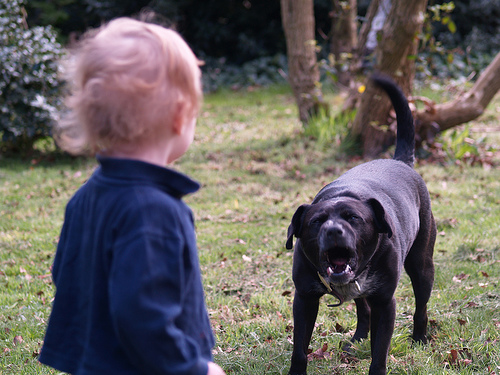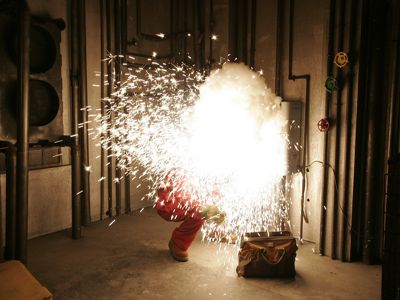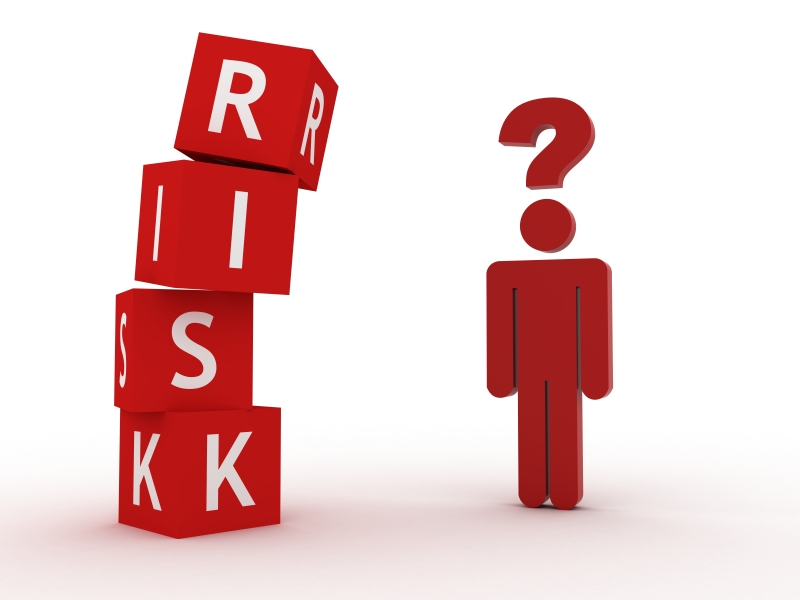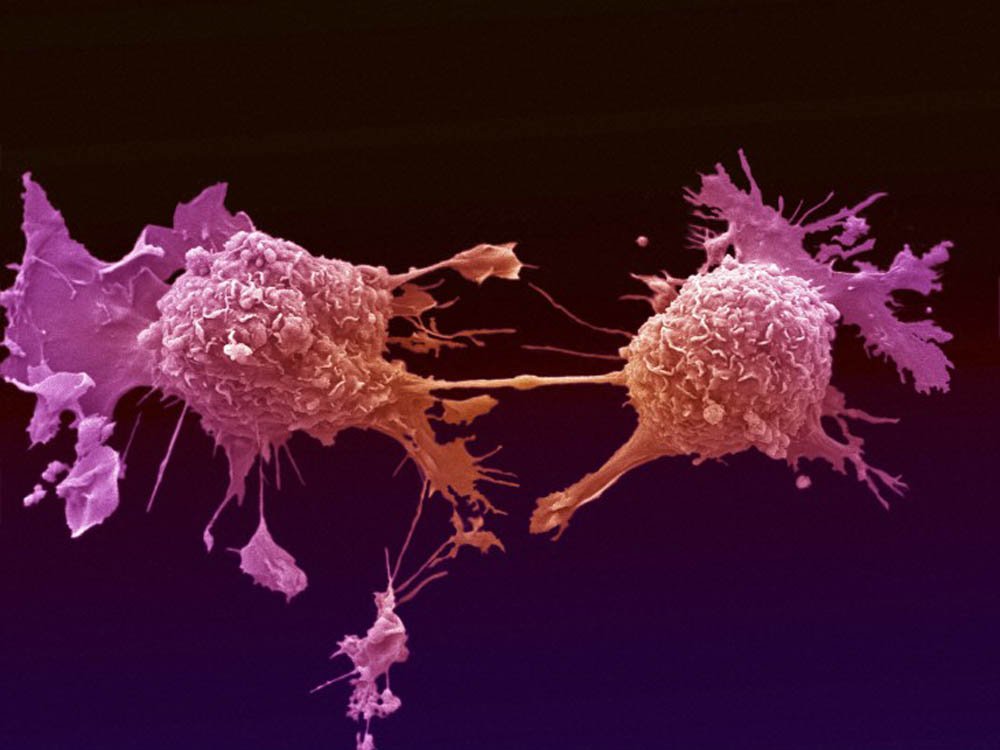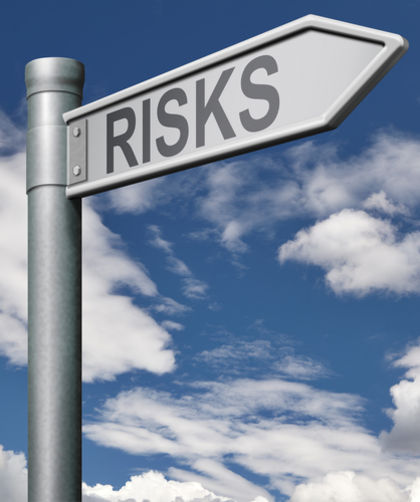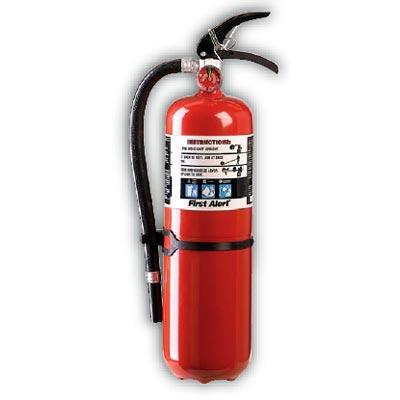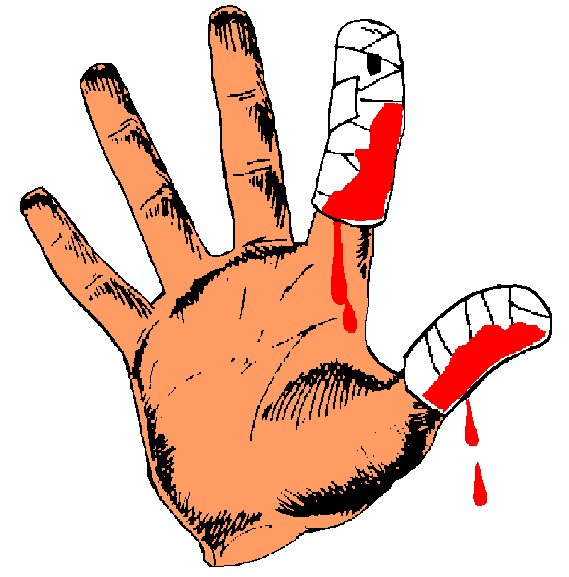 The Patient Protection and Affordable Care Act of 2010, otherwise known as “Obamacare” or the “Health Care Law,” affects small and large businesses in several ways. How the health care law affects your business depends on the number of people you employ, either full time or part time (not counting independent contractors).
The Patient Protection and Affordable Care Act of 2010, otherwise known as “Obamacare” or the “Health Care Law,” affects small and large businesses in several ways. How the health care law affects your business depends on the number of people you employ, either full time or part time (not counting independent contractors).
Smaller Employers
Businesses that employ fewer than 25 full-time equivalent (FTE) employees may be eligible to receive a small business health care tax credit for providing health care coverage to employees. First, you must determine the number of full-time equivalent (FTE) employees, including each part-time employee as a percentage of a full-time employee. Then you must cover at least 50 percent of the cost of health care coverage for some of your employees, based on the single-person rate, and you must pay average annual wages below $50,000. If you meet all of these qualifications, you must apply on IRS Form 8941 (PDF) to receive the tax credit when you file your business tax return.
For Larger Employers
The health care law doesn’t “require” larger employers to provide health care to employees, but beginning in 2014 the law imposes penalties on businesses with over 50 employees that don’t provide “affordable” health care to employees. Here are the details of this portion of the law:
Starting in 2014, large businesses (those with 50 or more full-time workers) that do not provide adequate health insurance will be required to pay an assessment if their employees receive premium tax credits to buy their own insurance. These assessments will offset part of the cost of these tax credits. The assessment for a large employer that does not offer coverage will be $2,000 per full-time employee beyond the company’s first 30 workers.
To be deemed “affordable,” the health care insurance provided by the employer must pay for at least 60 percent of covered health care expenses, and employees may not be forced to pay more than 9.5 percent of their family income (before deductions and adjustments) for coverage offered by employers. The question of how an employer is supposed to know the amount of “family income” is not yet addressed.
If a business fails to provide any coverage or the coverage is deemed not to be affordable, the amount of the penalty is $2,000 per worker, but the first 30 workers are excluded from the calculation.
via Health Care Law and Your Business – Obamacare and Your Business.

